All eyes are on 2009 as the year the box-office potential of "legacy" films - classic or cult films that could be brought out in new 3D editions - may be realised. If, over the coming months, the appetite for 3D is sufficiently baited, then demand will encourage the US studios to mine their back catalogues for films to be re-issued with an extra dimension.
Walt Disney's 1993 clay-mation musical The Nightmare Before Christmas has already been re-released worldwide four times. After a conventional re-release in 2000, it was given a third dimension and re-released in late 2006 taking $10m worldwide, followed by another release the following winter, taking $15.4m, and it returned for a fifth outing (the third in 3D) in October 2008 ($2.2m). Overall, the 3D re-issues increased the revenue of the film's North American run by 48.2%.
Nightmare's success has seemingly convinced Disney to include several 2D-to-3D conversions in its upcoming 3D slate. First will be 1995's Toy Story which will return to worldwide cinemas in 3D in October, followed by the 1999 sequel Toy Story 2 in February 2010. Disney will go back to the original animation to render the films in 3D, ahead of the third instalment of the franchise, Toy Story 3, which opens in theatres worldwide in summer 2010. The studio is also reviving Oscar-winning classic Beauty And The Beast, re-issuing a 3D version in 2010.
One company leading the way in 3D conversion is the California-based In-Three. Its process, utilising their proprietary IN3D software, takes 2D film content and creates a so-called second-eye view. Depth grading is then applied to the images and elements of the frame are either pulled forward or pushed backwards, changing the distance at which they appear to the viewer. These processes can take place in real-time allowing for the technicians to touch-up elements as they go, on a clip-by-clip basis.
In-Three's technology was licensed by Industrial Light and Magic to convert Nightmare 3D for Disney. Since then In-Three has garnered support from several Hollywood heavyweights, including Peter Jackson and George Lucas, both of whom have had test sequences of their films converted into 3D by In-Three.
Another advocate of In-Three is producer and George A Romero collaborator Richard P Rubinstein. Rubinstein has been a fan of 3D since the House Of Wax era, and even had a test script with Romero for a live-action 3D project in the 1970s. He was initially sceptical of the 2D-3D conversion, but asked In-Three to show him what they could do with his 1979 film Dawn Of The Dead, and was immediately convinced by the process.
"I picked five scenes that were representative of the film that did not necessary lend themselves to 3D," explains Rubinstein, "In total, 90 seconds of the film were converted, including a couple of 'chair-jumper' moments." These clips were enough to convince Rubinstein to convert the whole film.
"Not every film in every studio's library will lend itself to 3D conversion. George composes within the frame, with action taking place from front to back. Because of this we can convert the film with integrity, protecting George's cut," claims Rubinstein.
In-Three and Rubinstein's New Amsterdam Entertainment have also converted the closing moments of Dawn Of The Dead into 3D, and are continuing the process at a steady pace while keeping a watchful eye on the number of 3D capable cinemas available. "If we went full steam, we could have Dawn 3D ready in eight or nine months," say Rubinstein, "but with the current economic downturn we're now further away from the critical mass of 3D cinemas than we were."
"It's no longer a question of whether the technology can do it; it's now a question of economics," says David Seigle, president of In-Three. With costs running from $25,000-$30,000 a minute for converting cell animation, to around $70,000-$80,000 a minute for more complex live-action/CGI conversion, 2D-3D projects arrive at a familiar problem: the necessary number of screens to support 3D. The magic number in North America lies somewhere between 2,500 and 3,000 screens for a wide release, but with around 2,000 screens expected to be in place for the release of DreamWorks' Monsters Vs Aliens in March, it is only a matter of time before zombies, toys and beasts begin to emerge from our cinema screens.

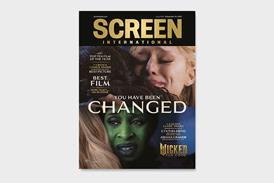
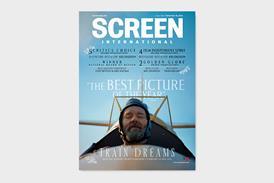





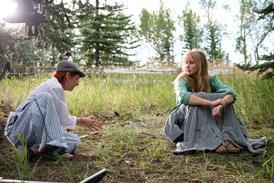
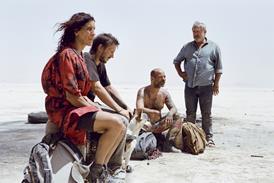


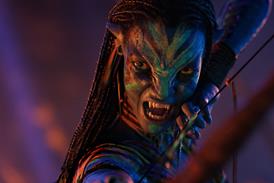

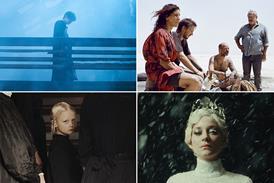


No comments yet